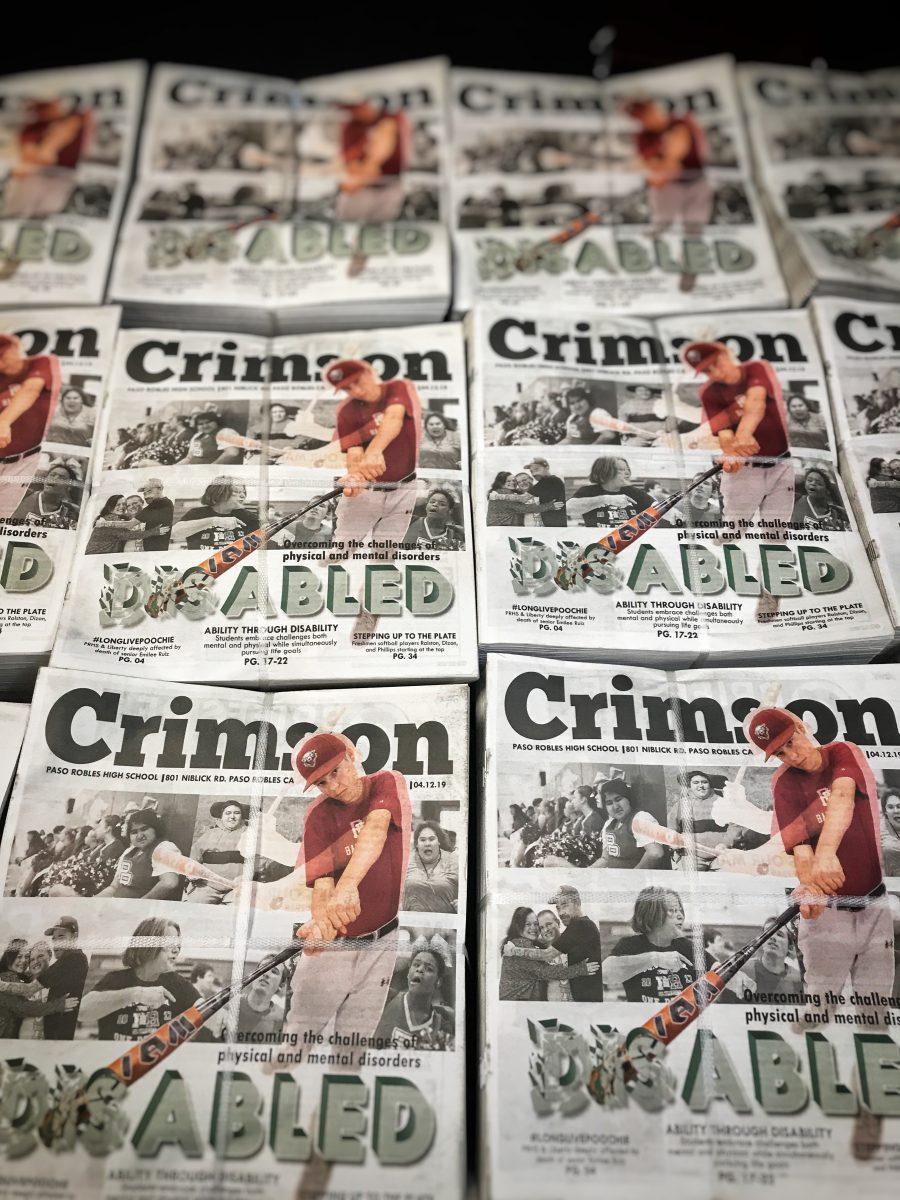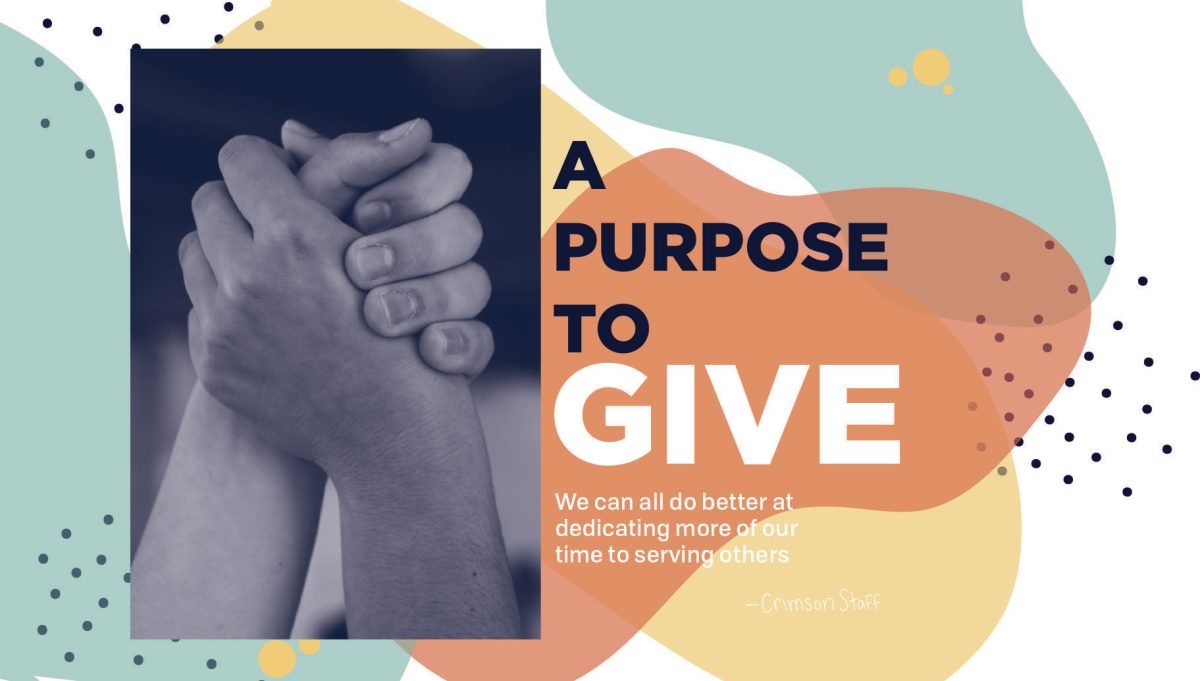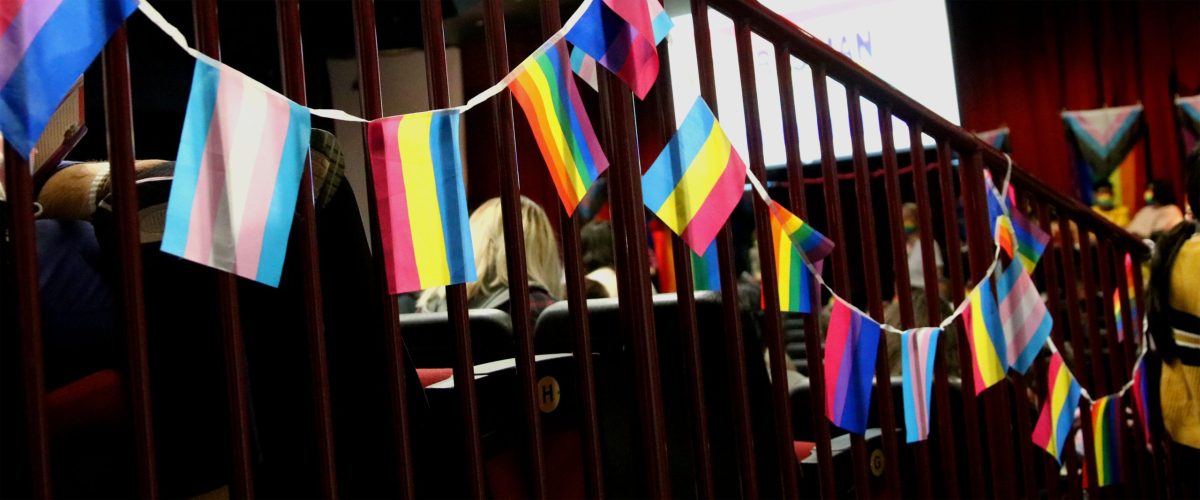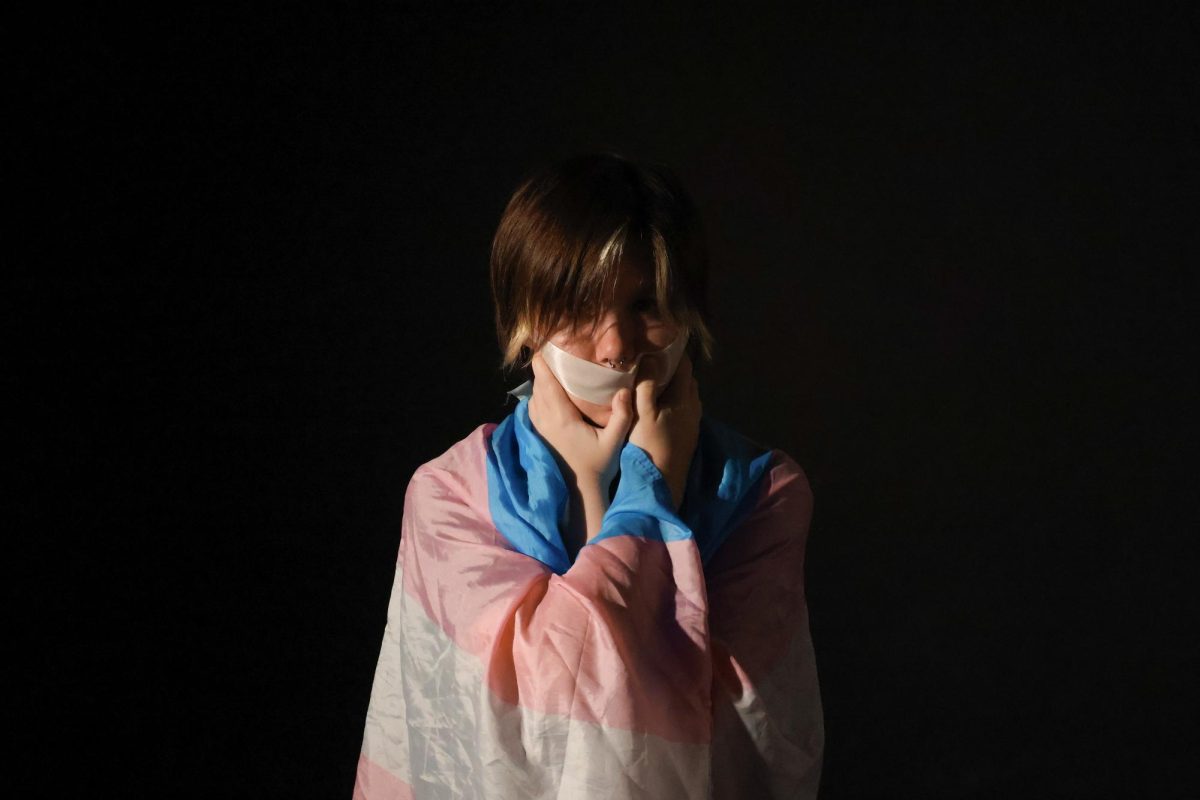Analyzing Crimson’s coverage and the reasons behind it
Recent months have made the Crimson staff increasingly aware of a spike in political criticism for the stories and topics we choose to feature. We hear people call us the “liberal paper,” the “Mexican paper” and the “gay paper.” Last month, we posted a link to an article on Facebook about an asylum seeker and one user commented, “Can’t this school write about any thing else than constantly the issues of illegals? Stop pushing your narrative and write about something else.” In another situation, we received a direct message from an Instagram user asking us,
“Why do you put stuff in your paper like the ‘gay agenda’? Why do you only talk about the gay side, I have never seen you put anything about the ‘Straight agenda.'”

The positive side of the commentary we have received is that it has led to critical class discussions regarding the extent of freedom of speech and how we can limit the systematic marginalization of either political views. We take what we hear as constructive criticism and admit that we must balance perspectives within the articles we write.
But these sly comments appear to be misguided in terms of who we decide to represent and how we structure our coverage. Historically, our Opinion section has leaned a little more to the left, but those views are not tangent to featuring Hispanic students and LGBTQ+ students. We pursue these stories as an acknowledgement of social justice, and in doing so, we exercise our right to talk about the underdogs.
We also are addressing our audience. In the 2017-2018 school year, 53 percent of our school consisted of minorities. Our publication aims to give the students at our school the platform to speak up and share their stories. It would be ignorant of us to ignore those issues that affect so many of the student body.
Critics complain on sections of our publication and clearly skip over our efforts to cover sports, health, entertainment and other balanced topics. No, we are not only the “Mexican” or “gay” paper.
Last year’s 2018 National Scholastic Press Association (NSPA) Editorial of the Year, written by a student publication from U-High Midway – University of Chicago Laboratory Schools, defended right-wing views, much like Crimson intends to in future articles. Their story touched on how a newly-established Conservative Club received backlash for presenting its views in a highly progressive school. The piece took a stand against politically isolating people that do not hold the same beliefs and advocated for the freedom of speech for the members of the Conservative Club. It brought up an essential point – that the First Amendment serves to protect the rights of anyone that wishes to speak. We respect our critics’ remarks for these very reasons. We hope, simultaneously, our critics are not trying to censor all opinions they do not agree with, languages they do not speak, or groups and races they are not members of.
Journalism has been particularly subject to the criticism of biased news or “fake news.” The times sound a lot like 1898, when newspaper publishers Joseph Pulitzer and William Randolph Hearst were accused of “yellow journalism” for their coverage of the Spanish-American War. Critics wanted to know: did their papers exaggerate topics for economical or personalized gain? Interestingly, a 2013 survey titled “The American Journalist in the Digital Age,” conducted by professors of journalism at Indiana University, found that the percentage of journalists who report to be Democrats or Republicans has been decreasing in both sectors since the survey was first conducted in 1972. Nationwide, 64.8 percent of journalists identify as independents or another party. Despite this statistic, the focus is on the gap within the 35 percent of two-party-identified journalists, in which 28.1 percent identify as Democrats and 7.1 percent identify as Republicans.

An internal staff survey found similar results. Of 27 staff members surveyed, 48.1 percent reported to politically identify as independent or other while 14.8 percent identified as Republicans and 37 percent identified as Democrats. But Crimson, as an entirely voluntary, student-run publication, has stuck to the mission to provide the facts while also providing a view in an Opinion format section.
We choose to present the truth to the best of our knowledge and in the hopes that we can have a more cohesive conversation with what is going on in the world. What we have learned has given us the incentive to challenge others to honor and respect the views of others while also learning to find the appropriate times to share those views.

















